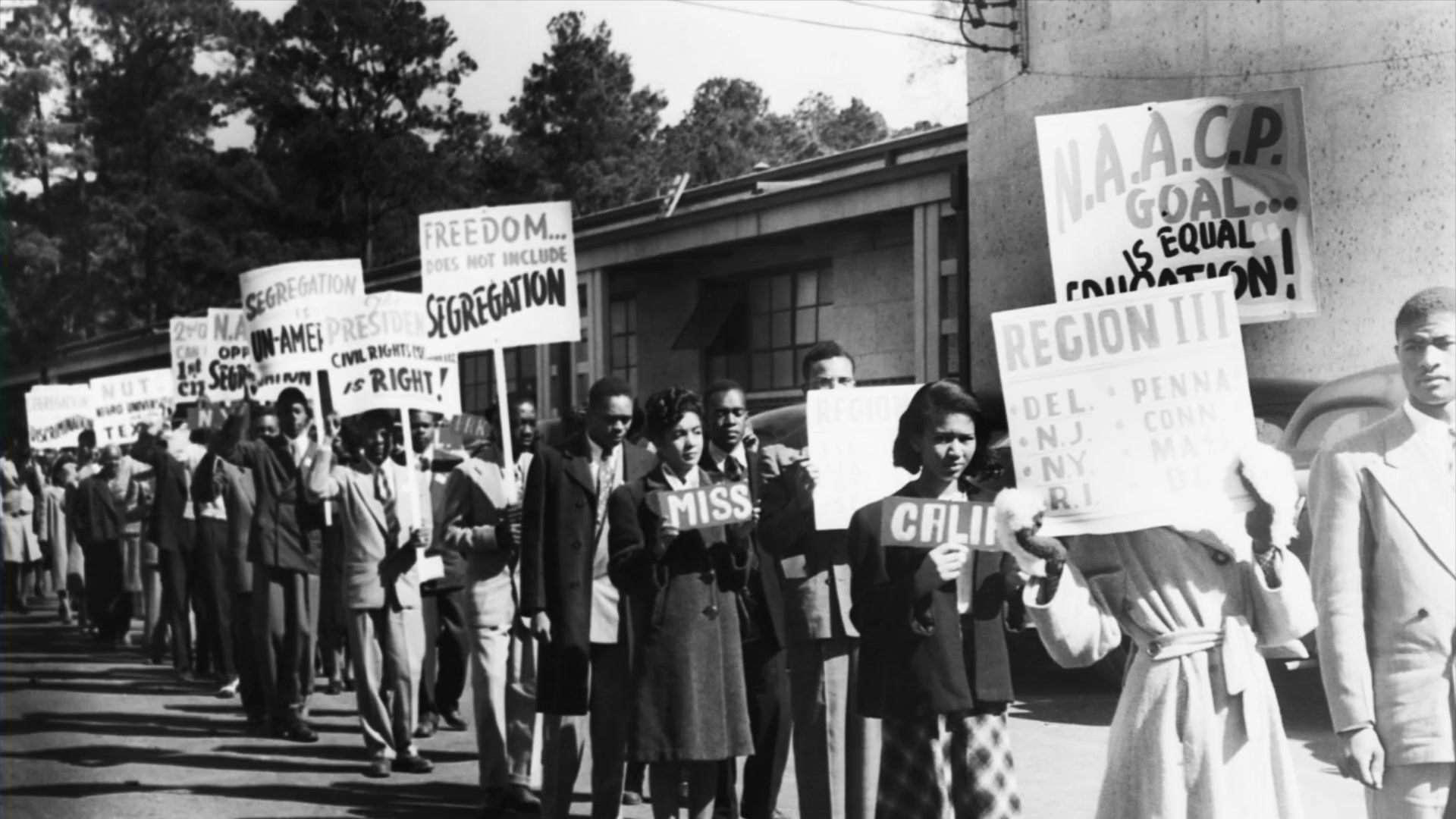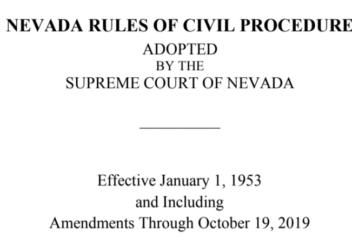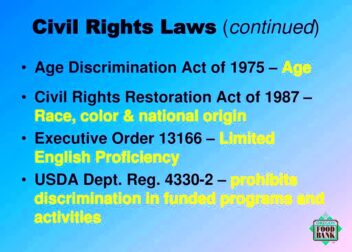The Legacy of Jim Crow Laws in Modern Legislation
The Jim Crow laws were state and local statutes that legalized racial segregation in the United States, primarily in the South, from the late 19th century until the civil rights movement in the 1960s. These laws enforced the idea of “separate but equal,” leading to widespread discrimination against African Americans. Understanding the legacy of these laws is crucial for recognizing ongoing racial issues in modern society.
Historical Context of Jim Crow Laws

The term “Jim Crow” originated from a minstrel show character in the 1830s, which perpetuated negative stereotypes about African Americans. Following the Civil War and the Reconstruction era, Southern states enacted Jim Crow laws to maintain white supremacy and control over the Black population. Key events include:
- 1877: End of Reconstruction, leading to increased discriminatory practices.
- 1896: The Supreme Court’s Plessy v. Ferguson ruling upheld the “separate but equal” doctrine.
- 1900-1960: Widespread implementation of laws regulating public facilities, education, and transportation.
These laws included prohibitions against interracial marriage, literacy tests, and poll taxes designed to disenfranchise Black voters. The Jim Crow era created a deeply entrenched system of inequality that impacted generations.
Impact of Jim Crow Laws on Society

The impact of Jim Crow laws on society was profound and far-reaching. Here are some key areas affected:
| Area | Impact |
|---|---|
| Education | Schools for Black children were often underfunded and inferior to those for white children. |
| Employment | Job opportunities for Black individuals were severely limited, often relegated to low-paying positions. |
| Housing | Redlining and discriminatory practices restricted Black families from buying homes in certain neighborhoods. |
| Health Care | Access to quality health care was often denied to Black individuals, contributing to health disparities. |
In addition to these systemic inequalities, the Jim Crow laws fostered an environment of fear and violence. African Americans faced threats, lynchings, and other forms of violence when they challenged the status quo. This culture of oppression not only affected individuals but also communities, leaving a legacy that still resonates today.
Modern Legislation Influenced by Jim Crow

Although Jim Crow laws were abolished decades ago, their influence lingers in modern legislation. Many contemporary laws and policies still reflect the underlying racial biases that these laws promoted. For example, voter ID laws, redistricting, and even certain criminal justice policies often disproportionately affect communities of color. Here are some ways Jim Crow’s legacy manifests today:
- Voter Restrictions: Laws requiring photo identification or limiting polling places can disenfranchise minority voters.
- Criminal Justice Policies: Racial profiling and harsher sentencing for Black individuals persist, echoing the discriminatory practices of the past.
- Education Funding: Disparities in funding for public schools can still be traced back to segregationist policies.
Moreover, issues like housing discrimination and systemic racism in employment continue to create barriers for minority communities. By recognizing these influences, we can work towards more equitable legislation that truly reflects justice for all.
Continuing Racial Discrimination Today

Despite the legal advancements since the Civil Rights Movement, racial discrimination remains a significant issue in many areas of American life. Many individuals still face discrimination based on their race in various settings:
- Workplace Discrimination: Studies show that job applicants with “ethnic sounding” names are less likely to receive callbacks than their white counterparts.
- Healthcare Access: Racial minorities often receive lower-quality healthcare and experience disparities in treatment outcomes.
- Housing Inequality: Many neighborhoods are still segregated, and people of color often face discrimination when seeking housing.
This ongoing discrimination can lead to significant social and economic consequences for affected individuals and communities. Awareness of these issues is crucial for fostering a more inclusive society.
Efforts to Combat Racial Inequality
Addressing racial inequality requires collective action from individuals, organizations, and governments. Various efforts are underway to combat the systemic issues that still exist today:
- Legislative Changes: Advocacy for new laws aimed at protecting voting rights and ending discriminatory practices is crucial. Examples include the Voting Rights Advancement Act.
- Community Programs: Local organizations work tirelessly to provide resources and support for marginalized communities, focusing on education and economic empowerment.
- Awareness Campaigns: Many groups promote awareness about racial issues through social media, workshops, and community events, aiming to educate and mobilize citizens.
Change is possible when individuals come together to challenge discrimination and advocate for equality. By supporting these efforts, we can create a more just and equitable society for everyone.
Lessons Learned from Jim Crow Laws
The Jim Crow laws taught us several important lessons about the dangers of institutionalized racism and the need for vigilance in protecting civil rights. Here are some key takeaways:
- Importance of Equality: The era highlighted the critical need for laws that promote equality and protect against discrimination, not just in words but in practice.
- Vigilance in Legislation: History shows us that laws can change, but underlying societal attitudes may not. Continuous effort is required to ensure legislation reflects true equality.
- Power of Advocacy: Grassroots movements and advocacy played a vital role in dismantling Jim Crow. This emphasizes the power of collective action in bringing about social change.
- Education Matters: Educating ourselves and others about history and ongoing issues is crucial. Awareness can drive change and help prevent the repetition of past mistakes.
By learning from these lessons, we can work together to create a more just society and prevent similar injustices from occurring in the future.
FAQs about Jim Crow Laws and Modern Legislation
Here are some frequently asked questions about Jim Crow laws and how they relate to modern legislation:
| Question | Answer |
|---|---|
| What were Jim Crow laws? | Jim Crow laws were state and local laws enforcing racial segregation in the Southern United States from the late 19th century to the 1960s. |
| Are Jim Crow laws still in effect? | No, Jim Crow laws were abolished in the 1960s, but their legacy continues to influence modern legislation and societal attitudes. |
| How do modern laws reflect Jim Crow? | Some modern laws, such as voter ID requirements and sentencing disparities, disproportionately affect communities of color, echoing past discriminatory practices. |
| What can we do to combat racial discrimination today? | Supporting legislation that promotes equality, advocating for community programs, and educating others about these issues are effective ways to combat discrimination. |
Conclusion on the Legacy of Jim Crow Laws
The legacy of Jim Crow laws serves as a stark reminder of the impact of institutionalized racism and the ongoing struggle for equality. While we have made significant strides since the abolition of these laws, the fight for justice is far from over. It’s essential to recognize the ways in which the past influences the present and to actively work towards a future where equality is a reality for all. Together, we can learn from history, advocate for change, and ensure that the lessons of the Jim Crow era are never forgotten. This ongoing effort is crucial in building a society that values justice, inclusion, and respect for everyone.


